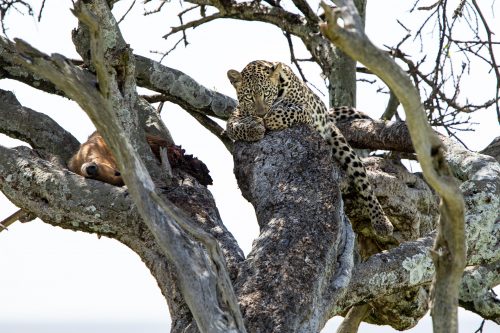
It is impossible to stop falling in love with this landscape. Hundreds of safaris later, I still find myself entranced and fascinated as I drive along the Mara’s dusty trails. There is something so appealing about its endless grassy plains and massive skies.
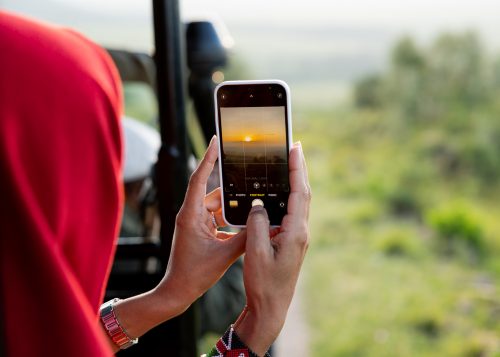
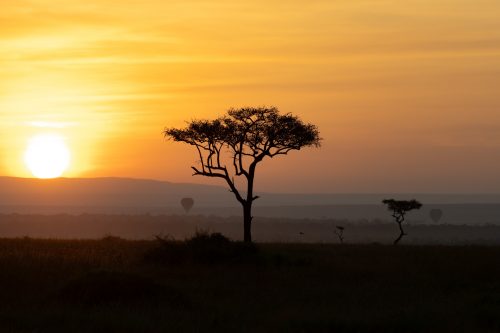
The fresh air and the joyful sunlight bring about a sense of calm, with all the worries of the world fading away as you focus just on the present. Your mind is filled with thoughts of the wilderness: Will I see a rhino today? Did the cheetah brothers manage to make a kill? Is it going to rain this evening?
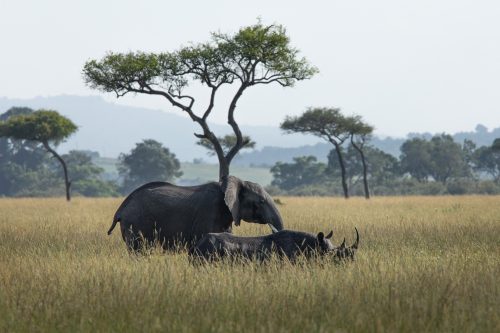
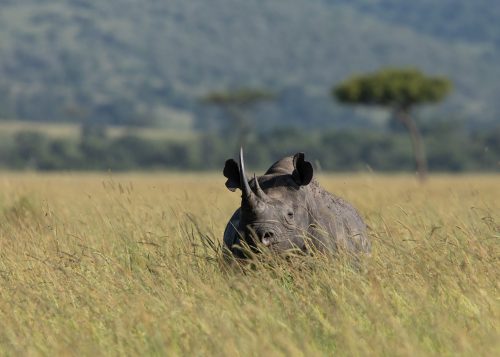
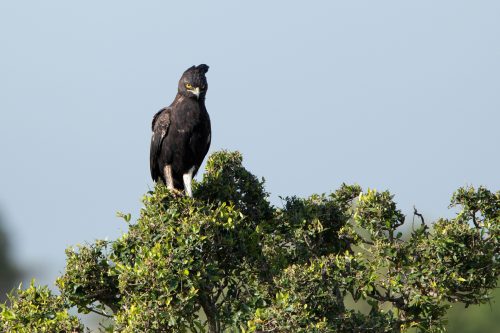
Time in the Mara shifts perspectives and priorities. Days are not driven by meetings or directives — emails are allowed to sit unanswered for a few days, rush hour traffic is replaced by massive elephant bulls marching down the road.
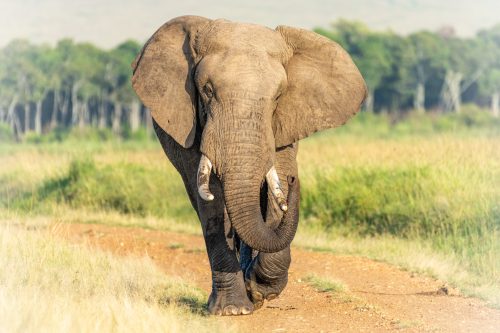
My addiction to the Mara Triangle is fed by following the lives of the animals that call it home. I love to document their journeys, trials, tribulations, their successes and the ingenious ways they adapt to survive.
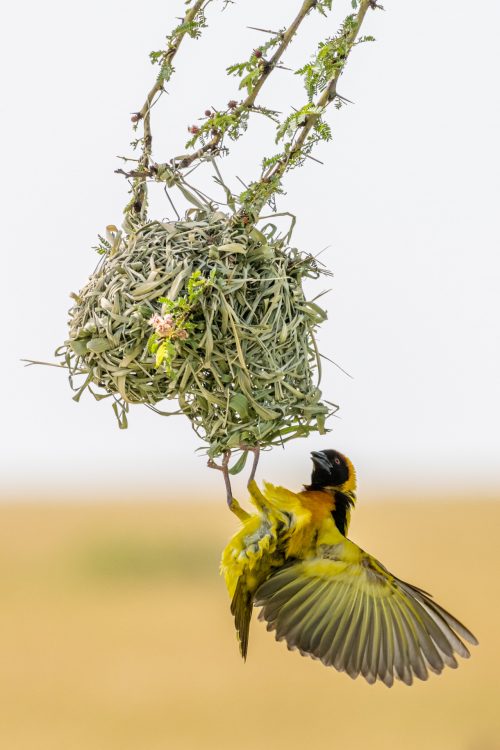
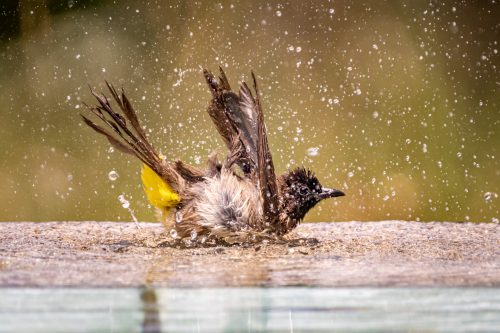
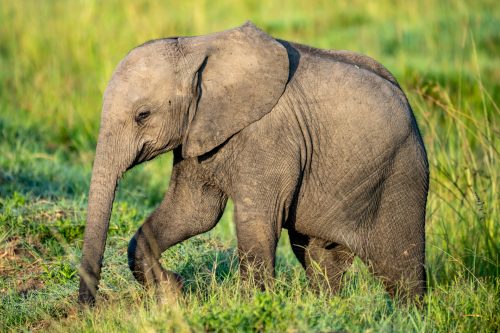
We are entering a challenging time for lions across the Mara. The long grasses mean that prey densities have decreased. Lions now need to take greater risks and shift their diets to the resident buffalo herds. Hunting buffalo is dangerous and intimidating, as the five youngsters from the Egyptian Pride found out first-hand. Fortunately, sanity prevailed, and they managed to sprint away to safety.
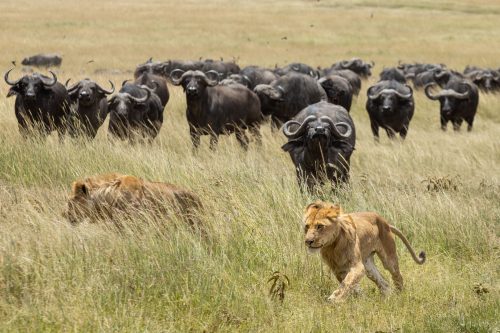
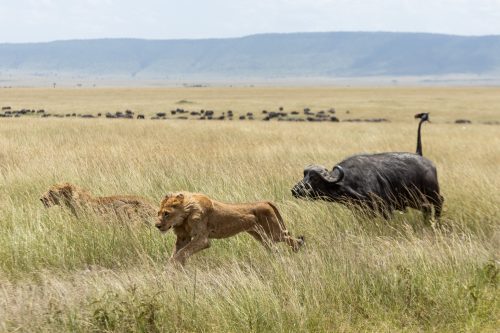
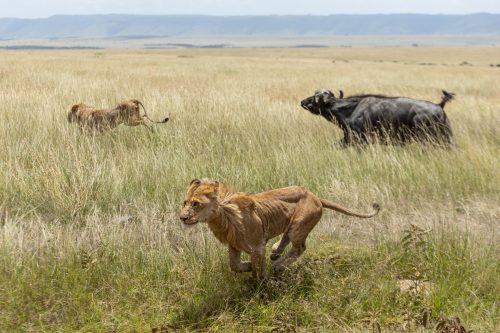
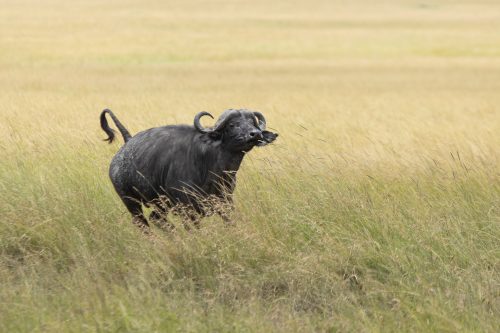
I am very fortunate to be spending time in the Mara Triangle during a period of such phenomenal male lion dominance. We believe there are as many as 25 big males using this 510 sq km area; a number that must surely place this reserve as one of the greatest lion viewing locations in Africa.
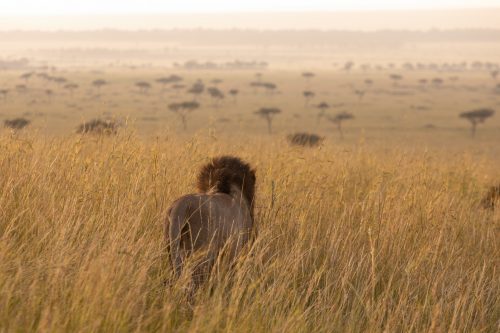
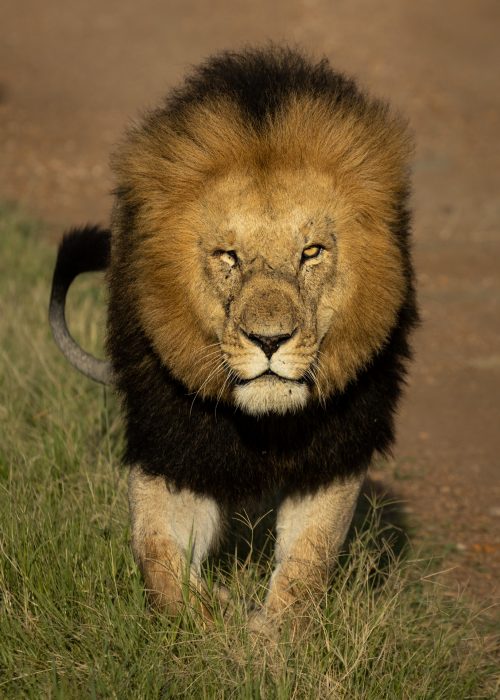
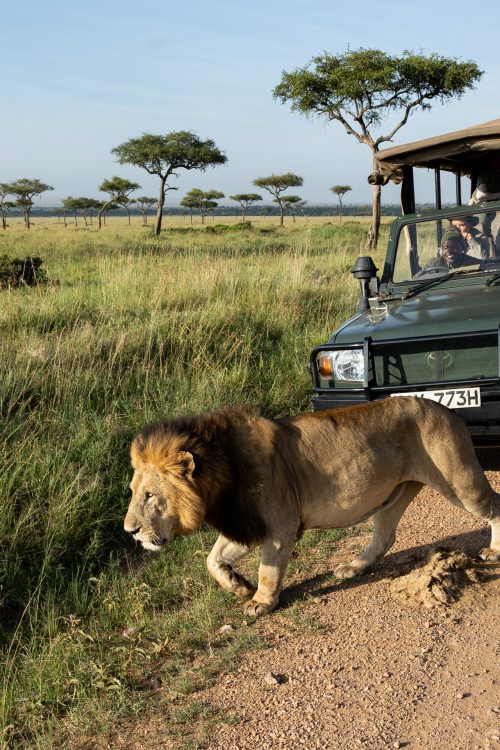
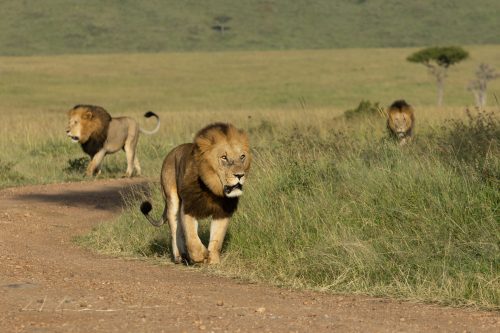
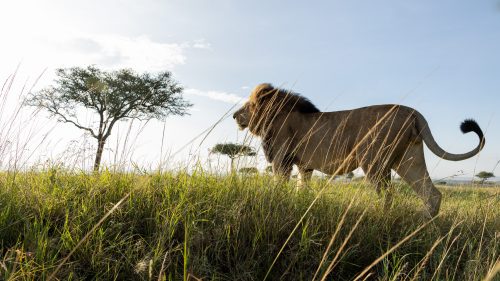
It’s always a treat to spend time in the company of the Bila Shaka Males — massive, mature, dark-maned males full of character and confidence. Lately, we’ve seen at least four of the five moving further west than usual. Nights are punctuated by their roars and vocalisations. Are we seeing a subtle shift in their reign? And we still have a vacuum created by the apparent disappearance of the Angama Pride. Surely, this will soon change?
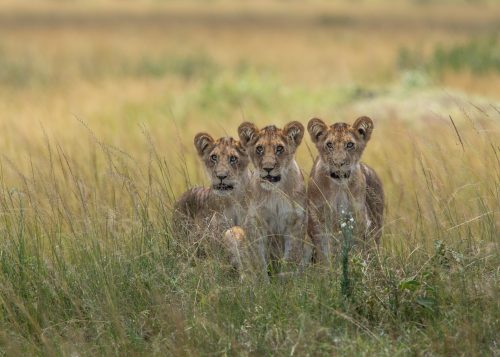
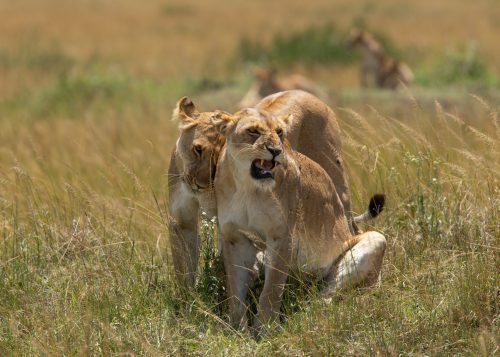
I am also excited to share an update on the solitary Swamp Lioness. Last week we saw her with her three cubs. In a stunning discovery, we found this lioness and her three cubs this week, together with her previous (now-adult) cub. Having followed the difficult life of this solitary lioness for years, I was ready to celebrate when I saw that her previous cub had survived and returned. We have not seen this young lioness for over a year and she was presumed dead. Overnight, things are looking much more positive for this tiny and emerging pride.
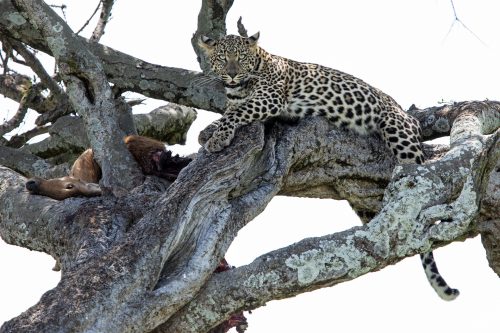
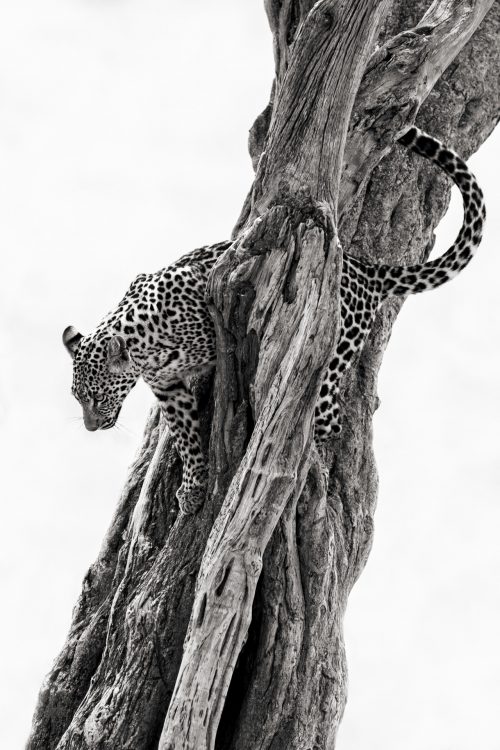
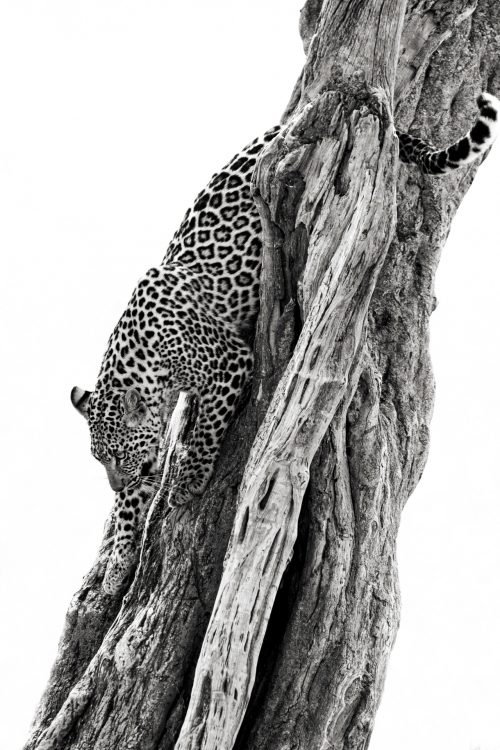
The young leopard who recently became independent, and who graced us with a delightful sighting two weeks ago, managed to kill a reedbuck. For a few days, she allowed us to watch her feeding in the branches of a desert date tree. It is wonderful to see how this young leopard’s confidence is growing and I expect great things to come from her.
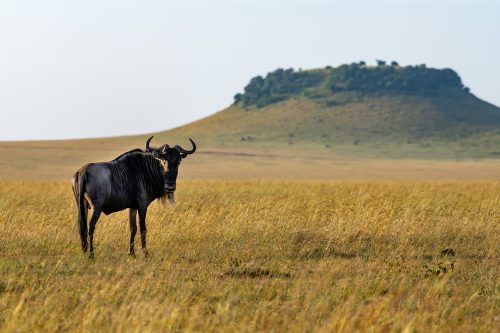
The grasslands here are drying up rather quickly. The oat grass is starting to mature, casting a red hue across the plains. We even saw some plumes of distant smoke in the Serengeti. Normally, by this time of the year we would have seen one or two large fires already, but the late (and heavy) February rains have left the grass-bed more damp than usual.
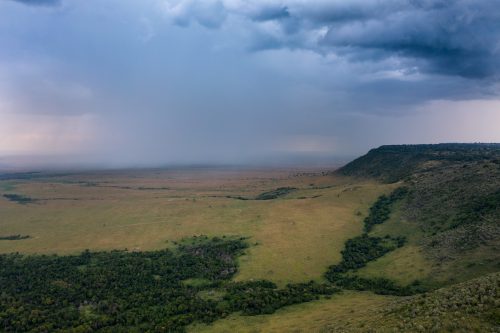
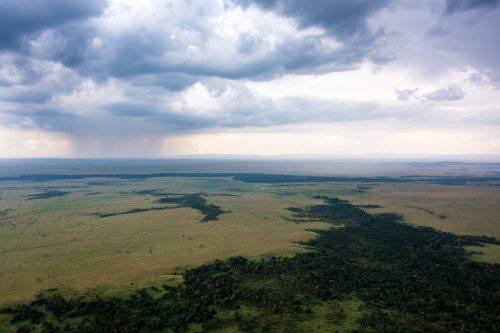
We are expecting the rains to start again any day now and already in the late afternoons, we can see small, very isolated showers moving across the horizon. Perched on the deck at Angama Mara, above it all, we have the most fantastic view of the elements and a front-row seat to the greatest spectacle on earth.
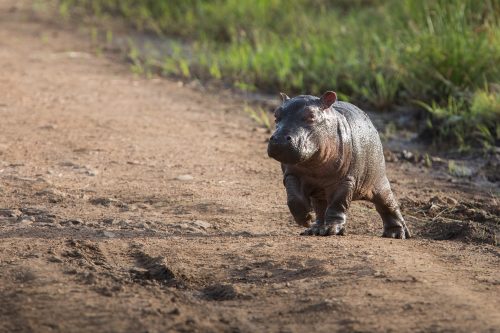
Two years ago, the world was in turmoil. I was fortunate enough to be locked down in the Maasai Mara, exploring the abandoned roads and tracks each day. One of the best sightings of my life was when I came across a brand new baby hippo. It was wobbling down the road and seemed to have lost its mom. It heard the sound of the engine and came running towards me. Eventually, it tried to suckle the tyre and crept below the car. I managed to cautiously reverse and after scanning the horizon, I saw a distressed female hippo in the flooded grasslands. It was clear she had lost her baby. I proceeded to slowly drive the car towards the mother, leading the baby in the right direction. Just 15 minutes later, the mother and her newborn were reunited.
Filed under: This Week at Angama
Subscribe for Weekly Stories
Comments (0):
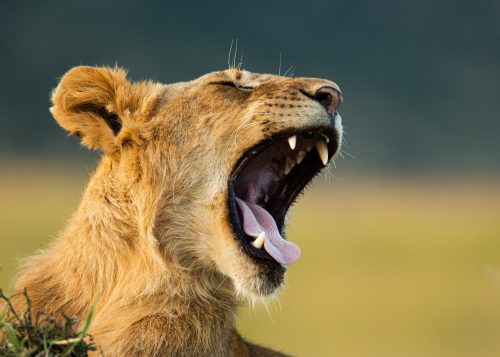
Angama Safari Offers